Only the sky would do!
Harmony beckons
at Roofless Church
Photography by Ronald W. Harper
Story by Teresa Trumbly Lamsam, Ph.D.
A modernist masterpiece designed by renowned architect Philip Johnson in New Harmony, Indiana, the Roofless Church encompasses an outdoor garden plaza the size of a city block. Johnson and his benefactor, the late Jane Blaffer Owen, envisioned a church where the only roof large enough to encompass a world of worshipers was the sky!
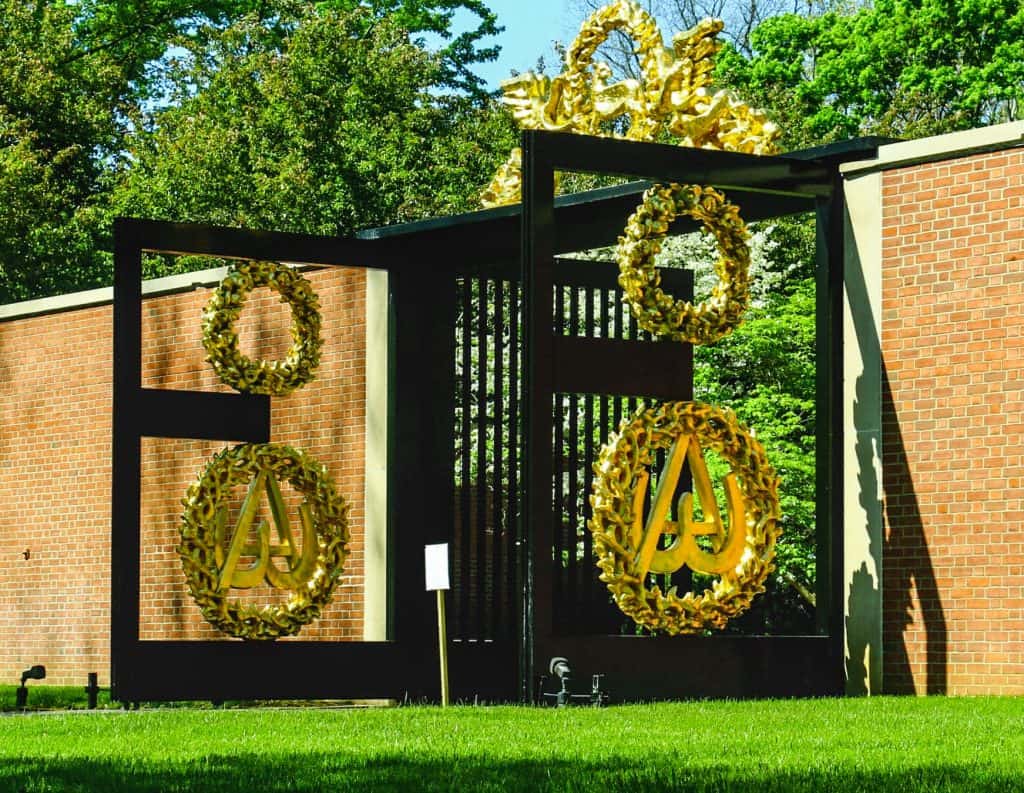
Descent of the Holy Spirit
Located under the cedar-shingled dome, the centerpiece of the church, rests a bronze sculpture representing the Holy Spirit (dove) descending upon a divine feminine form who opens to give birth. This piece is one of three original casts of the sculpture by Jewish artist Jacques Lipchitz (1891-1973). The two other pieces reside at the Roman Catholic Church of d’Assy, Haute Savoire, France and the Ecumenical Abbey of Iona, Scotland.
Polish Memorial
The Ewa Żygulska sculpture calls on visitors to honor the invincible spirit of the Polish people who suffered under Nazi occupation. It is an interpretation of a 15th century wood carving in the National Museum of Kraków. The image of the Holy Father appears large behind the crucified Christ as the He supports the arms of the Son. The sculpture assures us that no one suffers alone, even as we bear our individual crosses.

Robert Dale Owen
In 1842, Owen was elected to Congress, where one of his most important acts was introducing the bill that established the Smithsonian Institution. True to his egalitarian principles, Owen insisted that the Smithsonian take as its mission the increase of knowledge and its popular dissemination.
Source: U.S. Library of Congress
What was the New Harmony community?
If sense of place is a sixth sense – an internal compass and map made by memory and spatial perception together, as writer and historian Rebecca Solnit tells us – then New Harmony and the Roofless Church are intertwined with a sense of unity and egalitarian belonging.
The sense of New Harmony’s place was conceived in Scotland by Robert Owen, an industrialist, who had made a name for himself as a social reformer in the early 1800s.
Robert Owen’s views of a new society, which he published in a series of essays, were predicated on his concern about the character development of an individual.
“Owen wanted to see communities built around cooperation, human betterment, a lack of the competition, greed, and other evils that he saw infecting the character of so many children and adults,” according to a historical account by author Dawn E. Bakken of the Indiana Magazine of History.
His ideas for a utopian society soon lost support in Britain, and Owen longed for a place to live out his communitarian experiment. Then, in 1824, news arrived from the United States.
The Harmony Society, a communitarian religious group who owned a large settlement in Indiana, wanted to sell all of its lands (including 3,000 cultivated acres), businesses, homes, and manufacturing sites. They called their village Harmonie.
“The offer tempted my father,” wrote Owen’s son in a collection of essays written by Robert Owen on behalf of The Atlantic Monthly magazine in the mid-1800s. “Here was a village ready built, a territory capable of supporting tens of thousands in a country where the expression of thought was free, and where the people were unsophisticated.”
In 1824, Owen’s arrival in New York was met with fanfare by many members of elite and artistic societies. He traveled throughout the major cities on the East Coast, giving speeches, attending dinners, and hobnobbing with the influential class, including John Quincy Adams and President James Monroe, the fifth president of the United States (1817-1825).
The purchase of Harmonie was finalized in December 1824, and Owen and his family began his great experiment in the town he renamed New Harmony. Joining him was a cadre of what we might now call the intelligentsia.
By 1828, contentious ideas within the group of highly educated intellectuals had eroded much of the harmony. The experiment ended in what many characterized as a failure.
However, in some ways, the spirit of Owen’s dream lives on in the Roofless Church, a spiritual commemoration of his vision of unity and harmony.
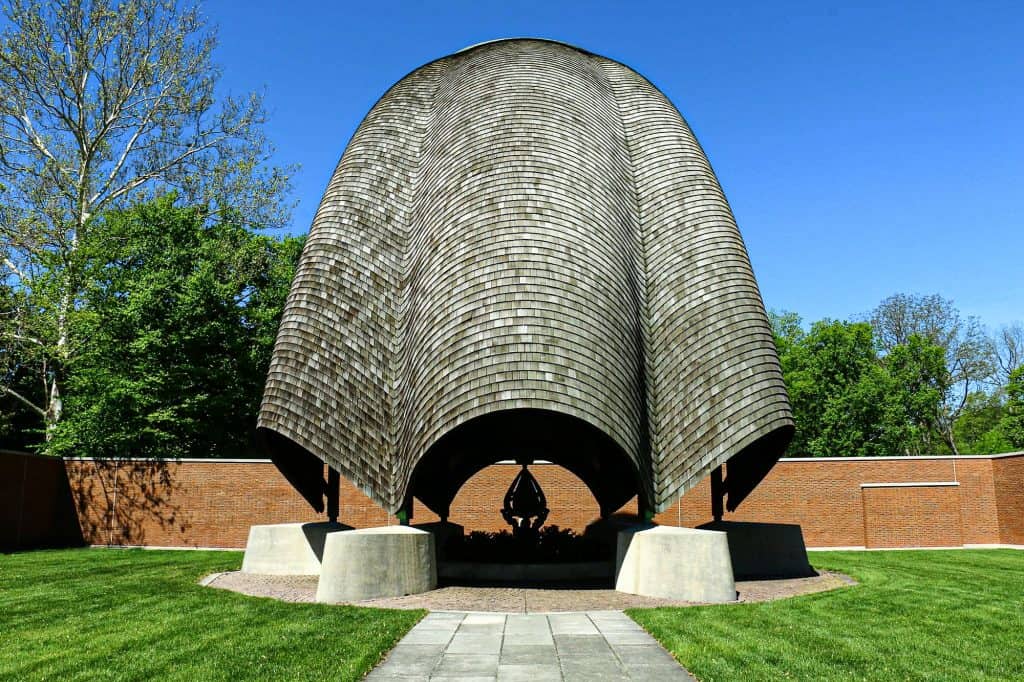
Revitalizing harmony through the Roofless Church
In 1941, Jane Blaffer Owen, the founder and late patron of the Roofless Church and driving force behind the revitalization of New Harmony, married Kenneth Dale Owen, a descendant of Robert Owen.
Early in the marriage, Kenneth introduced Jane to his beloved hometown of New Harmony, Indiana.
That’s all it took – one visit – for the heiress to a Texas oil fortune to fall in love with what was to become her second home outside of Houston. New Harmony became her centerpiece in a life dedicated to philanthropy.
Did you know Jane was named “Commander of the British Empire” by Queen Elizabeth II? To learn more about the inspiring life of Jane Blaffer Owen, read this article by Stephen Fox.
Jane’s philanthropic philosophy led her to “combine modern forms of spiritual engagement with a commitment to peace and social justice as well as to modern forms of art, architecture, and landscape architecture,” according to a memorial article sponsored by Rice University.
This philosophy and a desire to honor her family and the ancestor of her late husband led her to commission renowned architect Philip Johnson to help her create the Roofless Church.
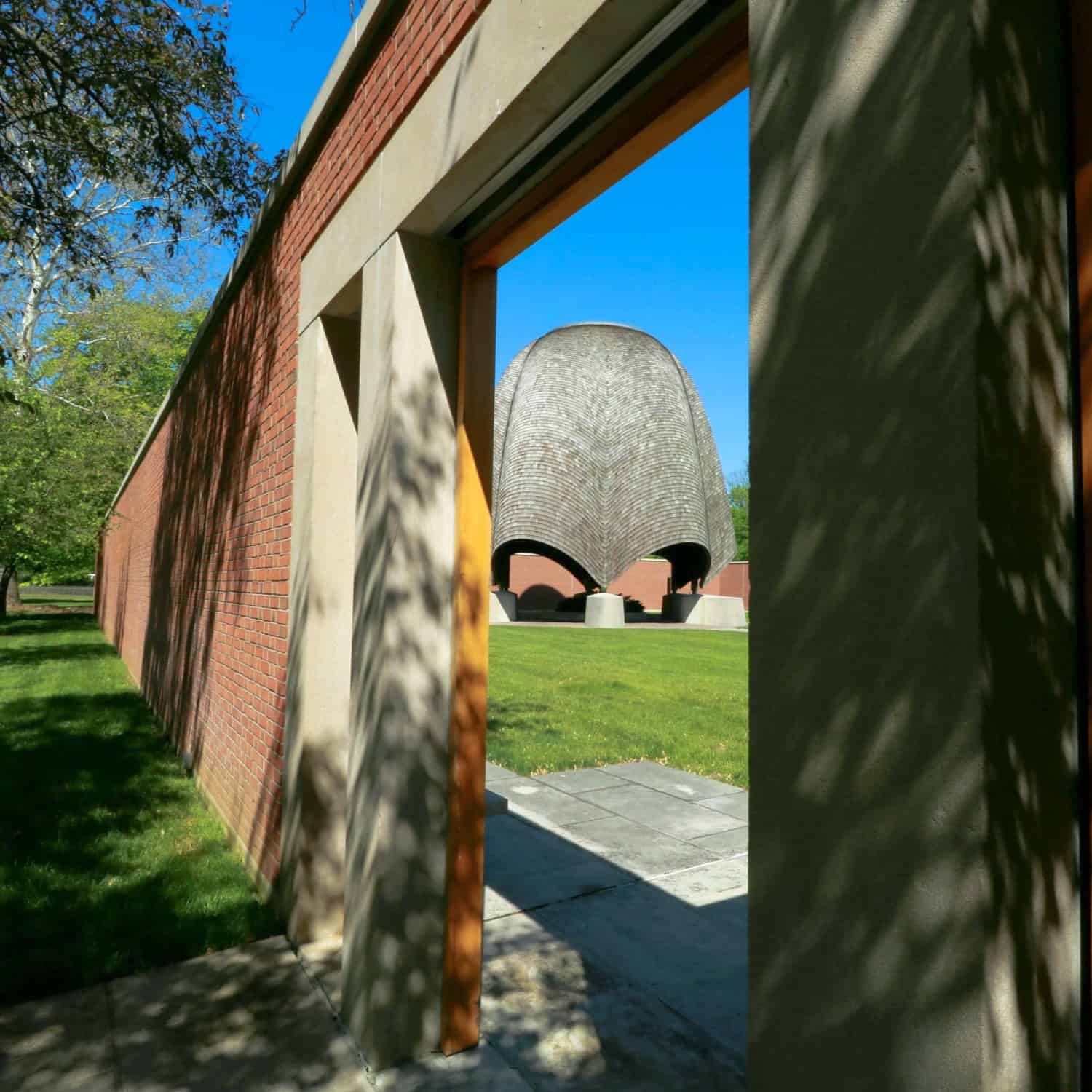

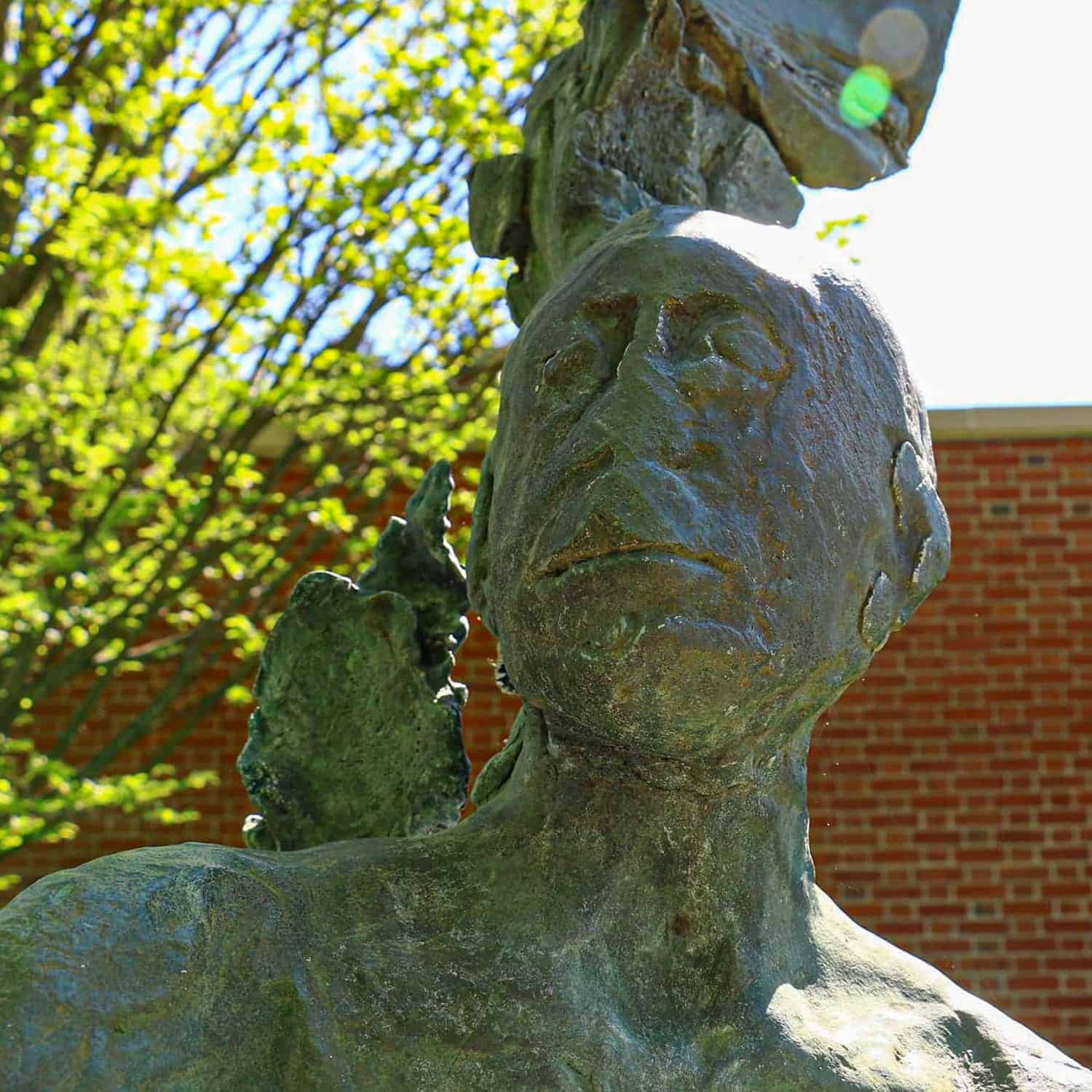
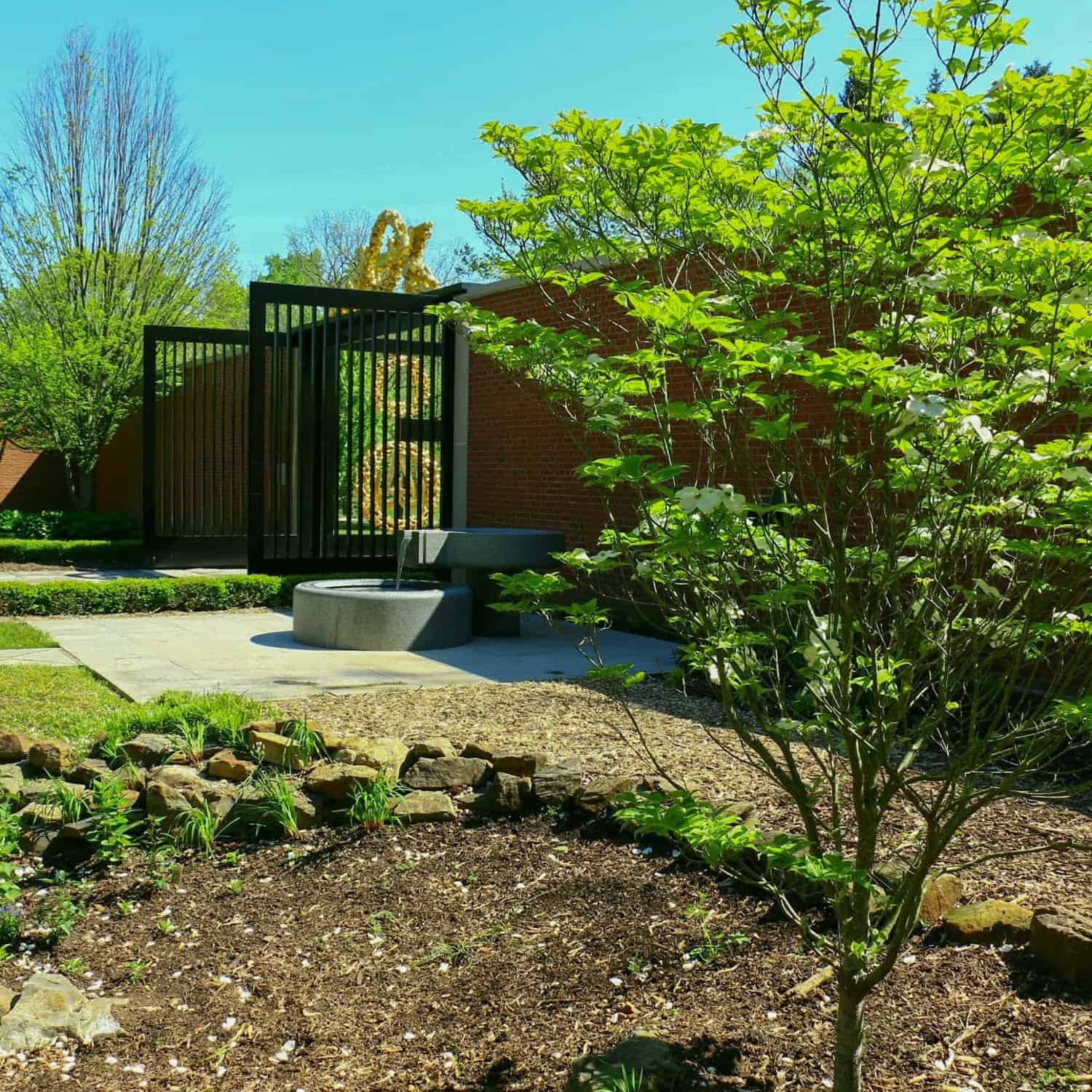
The Roofless Church is a place, not a structure
Built in 1960, the open-air interdenominational church is a space – a large outdoor plaza. Within that plaza, a structure of brick walls with two gates encompasses gardens, pathways, and art.
The elaborately adorned gates with gold leaf are the creation of the sculptor Jacques Lipchitz, who also designed the Descent of the Holy Spirit.
Operated under the auspices of the Episcopal Diocese of Indianapolis, the Roofless Church, which attracts a bevy of tourists, is available for weddings and other special ceremonies.
Johnson designed the centerpiece of the walled area, a domed canopy, which some say resembles an inverted rosebud, to set atop the bronze sculpture of the Descent of the Holy Spirit.
Perhaps by design, the cedar-shingled dome casts a shadow of an open rose, a symbol of the utopian community that founded the town.
Philip Johnson and his architectural influence
The Roofless Church may be the most harmonious accomplishment of the architect Philip Johnson, known as the doyen of postmodernism and key proponent of the International Style.
But harmony is not something Johnson cultivated in an illustrious career that was noted as one of most influential in 20th Century design. He pioneered the austere principles of the simple, elegant International Style. His personality was, however, not simple.
Early on, Johnson’s ideological interests sparked controversy that he never quite overcame. Some of his antics in later life would bring him notoriety, rather than the pure fame garnered in his earlier years as a proponent of architecture.
Nevertheless, Johnson inspired a generation of architects.
Among Johnson’s most prominent projects are:
The Glass House
Most notable and well-known among Johnson’s creations is his own private residence, the 1949 Glass House, located on 49 acres in New Canaan, Connecticut. The clear cube consists of a floor, flat roof, and four walls (floor-to-ceiling windows). Although the site is currently closed, tours are available and reservations are recommended.
In his 1973 biography, architectural historian Franz Schulze explains Johnson’s attachment to the house by recounting a lecture Johnson delivered to students at Yale University.
“He declared that he would be more than happy to make his home in the nave of the cathedral at Chartres, with the nearest comfort station well removed down the street,” Shulze writes. “That’s how much the sheer esthetic transport provided by such a setting meant to him.”
Abby Aldrich Rockefeller Sculpture Garden
As patron, occasional curator, and unofficial architect, Johnson’s involvement with the Museum of Modern Art in New York City spanned decades. The garden was designed by Johnson and completed in 1953, but it has since evolved considerably and shrank in size after a series of renovations over the years. The current garden, an outdoor courtyard at the museum, honors a founder of the museum, Abby Aldrich Rockefeller, whose townhouse once occupied the space.
Pennzoil Place
The two 36-story towers in downtown Houston, Texas, were designed by Johnson’s architectural firm. Pennzoil Place is the most-award winning skyscraper in the city.
Johnson received coveted awards for the structure, including the AIA Gold Medal, and was named first laureate of the Pritzker Prize in Architecture in 1979. The New York Times named the structure the “Building of the Decade” in 1975.
550 Madison Avenue
When Johnson’s architectural firm designed the 1984 37-story skyscraper in Midtown Manhattan is was known as the AT&T building. Because of its ornamental pediment that resembled the top of Chippendale bookcases, critics were known to mock the building. Johnson was said not to mind the comparison because it helped bring publicity to the skyscraper, which he noted as a departure from the “flat-roofed” skyline of many cities.
“Thus in the midst of a jungle of squarish boxes, the AT&T pediment, hardly a complicated form in itself,” according to biographer Franz Shulze, “was enough to reawaken New Yorkers to the uniqueness of the Manhattan architectural silhouette.”
Diving deeper into
the harmonizing nature
of the outdoors
While I was exploring the history of the Roofless Church, I was reminded of the connection between nature and wellbeing – spiritual, mental, and physical.
To help facilitate that connection, here are a few recommendations to encourage us to take full advantage of the great outdoors.
In New Harmony, Indiana, they celebrate nature with plenty of other activities and sites. Here’s an overview of the area from Minivan Adventures.
If you would like to explore the outdoors as a family, here are 20 Ideas for Teaching Our Kids about Connecting With God Through Nature by Heather Chapman.
Perhaps you are one to dig in the dirt, plant, and eat the fruits of your labor. I can’t think of a better group of women to guide you through the process of turning your yard into a gardener’s paradise than the Rosevine Cottage Girls.
If you would like a few more reasons to get outside, the Center for Spirituality & Healing at the University of Minnesota can tell you about how nature impacts your wellness.
Meet the photographer
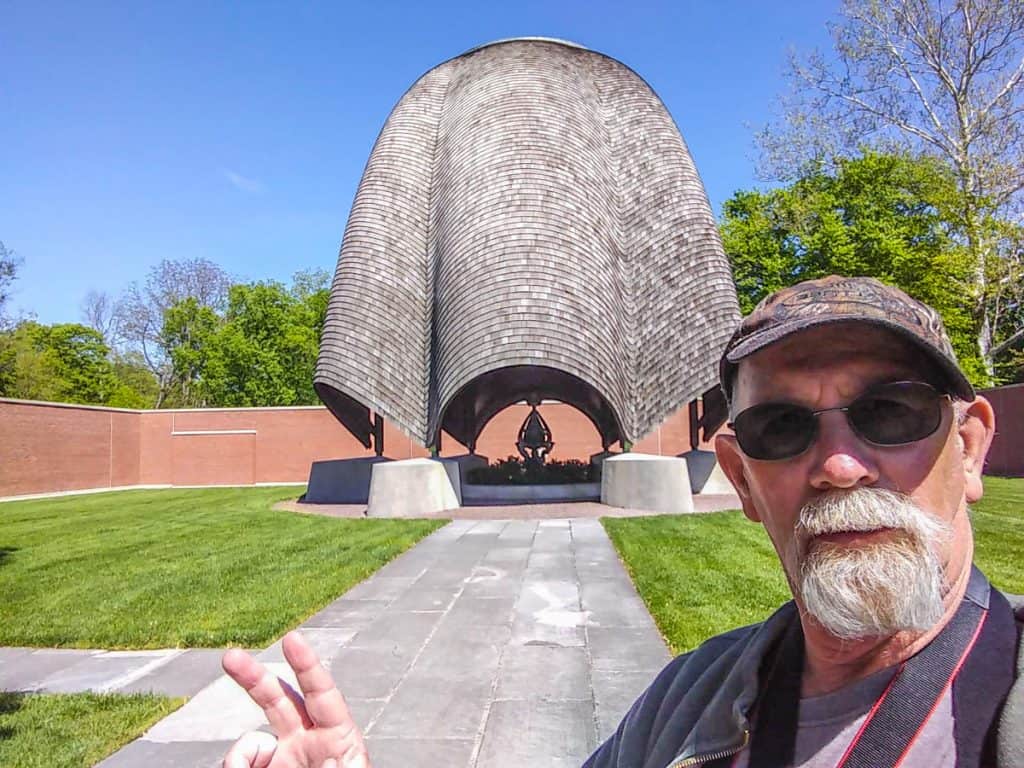
Ronald W. Harper
I’m an amateur photographer who enjoys sharing the simpler things in life through photography. It’s not always about the pictures but rather the journey itself: the places, the people, and the experiences.

Teresa Trumbly Lamsam, Ph.D., is an accomplished Social Scientist and Journalist. Passionate about establishing credibility in the digital realm, she champions transparent and trustworthy online content. She is dedicated to producing content that sparks curiosity and nourishes the heart and mind.



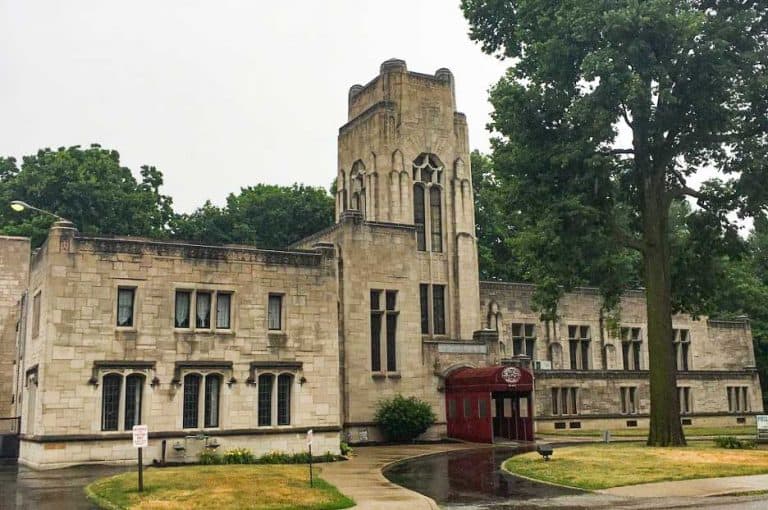


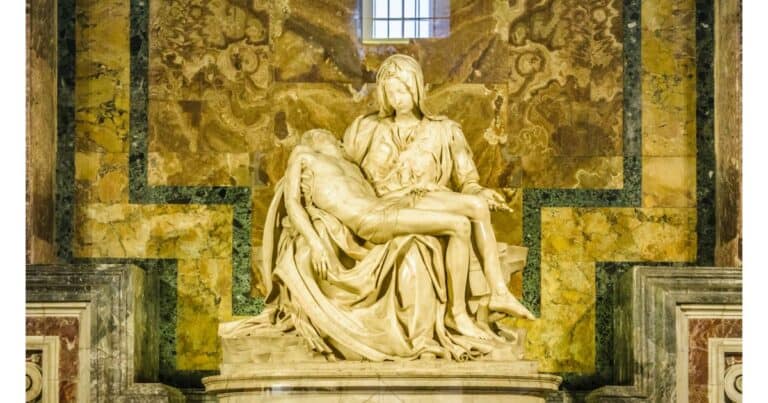

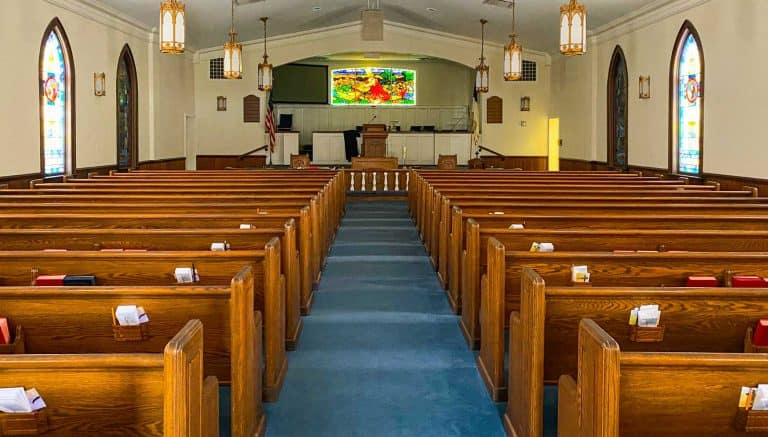
I had never heard of the roofless church. It is a beautiful concept. I am sad about the story of Robert Owen. It is a shame that as humans we can’t live in harmony better than we do. I also wondered if he was a relative of the Reformer John Own.
I could not find information on if he was related to John Owen, but please let me know if you do.
The architecture church looks amazing. I have never heard of this roofless church but it looks interesting.
I really like church architecture. This one turn out to be one of the most original I have ever seen.
Same here, Steven. Most original for me too! But I like the architectural concept!
Breathtakingly beautiful! Thank you for a great & informative article!
Thank you! When Ron submitted the beautiful photos to us, I had no idea that this church even existed. It was so fun to learn about!
What a truly special place to pray. Thanks for sharing all these photos, I wish I lived a bit closer, maybe I will come and visit one day.
Ivana, that was my reaction too – a special place to pray!
In awe of this place!! You have done great justice to it by explaining so well. It is stunningly beautiful☺️
Hi Ankur! Thanks so much for stopping by and reading the article on the Roofless Church! I’m glad you liked it!
i love exploring architecture. i had never heard of mr. johnson before though. but his glass house sounds like something i want to definitely check out.
This was new history to me too! Thank you for reading!
What a great vision this took to bring to fruition. The idea to recognize the link between nature and wellness is done so well and has broad appeal. No wonder it is popular with locals and tourists alike. Philip Johnson certainly did a fabulous job here aside from the other projects he was known for.
The whole town of New Harmony still maintains this vision! It’s a great place to visit.
WOW! This place is so beautiful! I would love to visit here!
I hope you get to visit one day. The whole town of New Harmony shares the same vision as the Roofless Church. It’s a very inviting place!
Harmony beckons at Roofless Church is so beautiful. This open-air cathedral invites all faiths to worship under the only roof big enough to fit them all: the sky.
If my temple was roofless, I’d definitely be spending a lot more time there
Wow, i never heard of this before
I really do like the outlook of the church’s structure.
Every time I visit your blog, I learn something new and this is no exception. This time the roofless church. I can’t wait to read more!
Lavern, you just made my day! Thank you! I try to provide enriching content. I’m a life-long learner, and this website has given me an opportunity to keep on learning and to share with others!
I haven’t heard of this church but it looks very unique of being roofless. It would be nice to visit and offer a little prayer.
Wow I’ve never been there before, but it looks like an amazing place to visit. You got some great pictures too.
That place looks absolutely amazing. One of my favorite parts of travel is finding new places to explore.
I love the architecture and the history behind it. I hope to visit it soon. So nice!
Roofless Church looks really beautiful. I am really amazed on how amazing the architecture is.